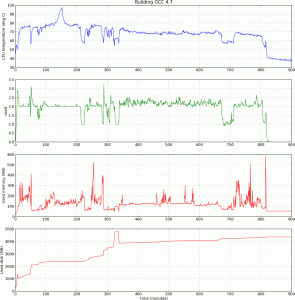Interested in working with us on improving the performance of Linux on ARM? We’re looking for motivated engineers to work in our toolchain team on compiler technology, developer tools, and low level performance libraries. You will use your specialised knowledge to work in the open, work upstream, and make ARM flavoured improvements to a range of tools that are fundamental to making the latest mobile and server products.
We’re currently looking for:
- GCC developers
- Developer tools engineers, especially on the GNU tools like binutils and GDB
- ARM performance engineers, to work on a range of low level libraries
We’re a distributed team. Working from the home office is an option.
Please see the careers page on our website for more information and how to contact us.

